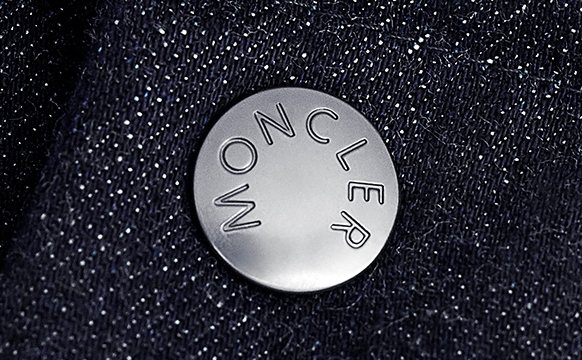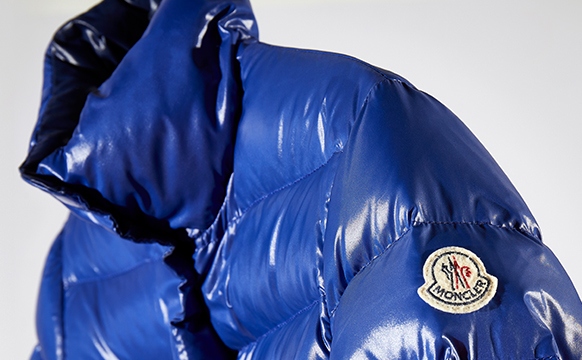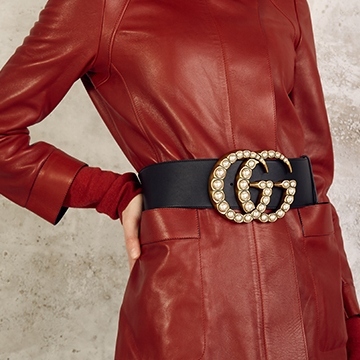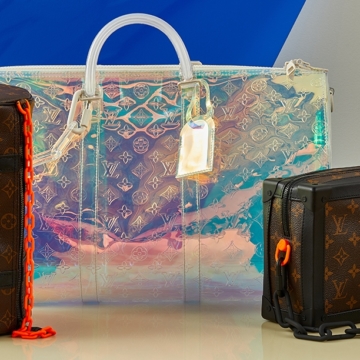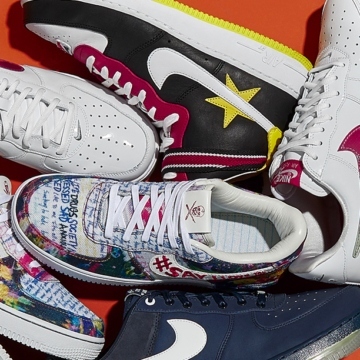
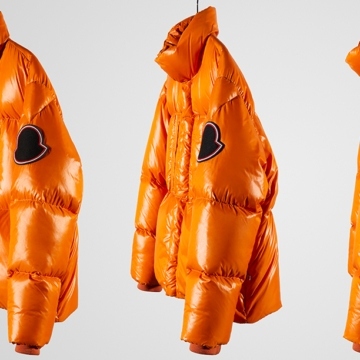
How to Spot a Real Moncler Jacket
They say a good salesman can sell ice to a polar bear; well, Remo Ruffini can sell Moncler coats in sweltering-hot Singapore. It’s hard to believe that Moncler, the brand responsible for the now-ubiquitous down jackets that seem to pervade every corner of the world, was on the verge of bankruptcy in 2003. Enter CEO Remo Ruffini. Under his leadership, Moncler down jackets transformed from niche outerwear for mountain climbers to fashion staple adopted worldwide.
Ruffini completely revitalized the brand, moving its headquarters to fashion capital Milan, giving the coats a glossy, colorful makeover, and targeting a more youthful, hip crowd. Recently he turned the brand’s entire business model on its head with the experimental “Moncler Genius Project.” It replaces the traditionally singular creative head with a group of revolving designers, who drop new collections every month instead of only twice a year. The Genius Project certainly lived up to its name; profits soared after its implementation, proving this unorthodox method to be a risk that paid off. The success of stores in traditionally warm locations like Singapore and Sao Paulo demonstrates the clout of Moncler. It’s not just about function; it’s about fashion.
As the brand continues to thrive, it’s has begun implementing increasingly stricter anti-counterfeiting measures. While this has certainly made counterfeiting more difficult, it hasn’t stopped it altogether. We asked Valuation Manager Kiara Cooper to break down the details to look out for when spotting real Moncler jackets.
The Brand Label
Moncler’s iconic logo tag can be found sewn into the back of the interior lining, making it the first thing you see when opening a Moncler jacket. “The Moncler logo has changed throughout the years, so knowing this can aid in spotting a fake,” says Cooper. “On older styles we see either a navy label with a red, white and blue logo, or a brown label with a creme logo. Recent styles will have a white label with the red, white and blue logo. It is good to note that Moncler’s Grenoble line (a skiwear range) has also used the navy logo tag in the past, but will state Grenoble on the tag for differentiation.”
Interior Tags
Moncler has been working to fight counterfeiting for years, equipping their jackets with anti-counterfeiting tags that allow users to verify the products themselves. In 2008 the brand implemented Certilogo tags in select models, and from 2009 to 2012 all Moncler jackets were equipped with Certilogo tags featuring specific numbers that allow you to verify its authenticity on the Certilogo website. In 2013 Moncler switched over to its own secure QR code system, attaching RFID tags into all recent models. Each jacket has its own unique code which can be scanned to check for authenticity. “You can now verify the code on Moncler’s website,” says Cooper. “If the number doesn’t come up or you are redirected, this could be a sign the number has had too many attempts to be registered and could be a red flag. If this happens, reach out to Moncler for further verification.”
Another anti-counterfeiting tag used by Moncler is a quirky cartoon strip starring the brand’s feathered mascot, Monduck, who explains the washing instructions of the garment. The eight-panel strip features the duck in a bubble bath, showering, sunbathing, and more, accompanied by both English and French commentary on how to properly care for your Moncler jacket. “The cartoon should never be too bright,” says Cooper. “We have seen the cartoon with overly saturated colors and even with incorrect images within the grid. The colors of the cartoon should have a faded appearance where it does not look like it has been excessively worn, but does look somewhat matte.”
The Embroidery Patch
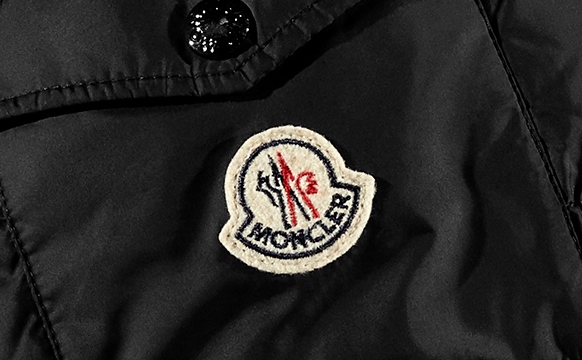
Moncler’s embroidery patch has proved to be one of the most difficult elements for counterfeiters to copy, so examine its location and detailing for inconsistencies. “The embroidered logo patch on a Moncler outerwear piece is typically found on the sleeve, or placed at the front for vests,” says Cooper. “The shape should always be rounded; counterfeit styles usually feature sharper edges. The embroidery should not look thick or bulky. Counterfeit patches tend to look too bold, almost as if they are trying to emphasize the authenticity of the piece. Pay attention to the logo script and emblem as it should feature clean lines with no fraying.” It’s also important to take a close look at the font. “The letters should curve with the bottom arc of the patch. Look for clean embroidery and even spacing between the letters,” says Cooper.
The Hardware
The buttons and zippers of Moncler pieces can point to authenticity (or counterfeiting). “Recent styles of Moncler jackets will feature branded buttons. The word ‘Moncler’ or the Moncler logo will be engraved onto the buttons,” says Cooper. “On the reverse side you may find the words ‘Fiocchi Italy,’ a reputable button brand.” Silver snaps without engravings can be a red flag, as only very early models from the late ’90s and early 2000s will feature unbranded hardware.
“Moncler uses various zippers for their jackets. We most commonly see Lampo, Riri and Vision zippers. Occasionally we will see Raccagni zippers as well,” says Cooper. “Be careful of zippers that look like metal, but feel like plastic. Unbranded or fake Lampo zippers are most commonly seen on fakes. The fake Lampo zipper will feel too light and feature bold bordering and unclear fonts.”
The Materials
Moncler is renowned for its high-quality materials, and counterfeiters will often use cheap alternatives that don’t deliver the same luxe aesthetic. “Moncler’s most iconic puffer jackets and coats are made of nylon. The nylon is insulated to keep you warm, but is also breathable so you do not overheat,” says Cooper. “The feather-filled down coats are lightweight and not bulky as many other down coats can be. Counterfeit styles may feel lightweight, but also feel too thin when you touch them. This will not protect you from the wind, which is also a technical feature of Moncler’s nylon puffer coats. In addition, the fur trim on the hoods should look full and fluffy where the hood and fur meet, thinning out as you get closer to the hair tips. The type of fur used will vary by jacket, but we typically see fox, coyote or racoon trim.”
Whether you’re a seasoned snowboarder or simply looking to upgrade your winter wardrobe, a Moncler coat is a wise investment. Shop our selection now.
All items are pre-owned and consigned to The RealReal. Trademarks are owned by their respective brand owners. No brand owner endorses or sponsors this ad or has any association and/or affiliation with The RealReal.
Please note: Brand standards, logos and other identifying features may have changed since the time of publication.



